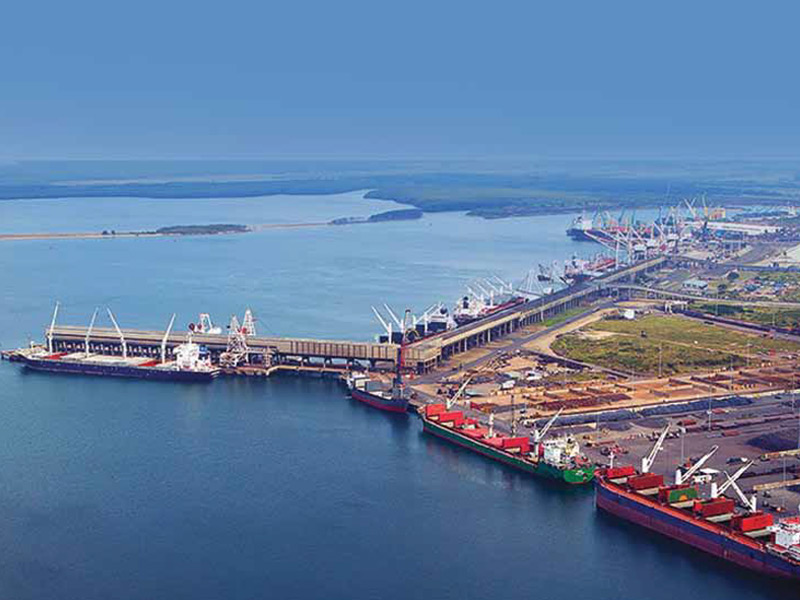Special Economic Zones: Lessons for South Africa from international evidence and local experience
Key Points:

- Special economic zones (SEZs) have been widely used internationally to attract foreign direct investment (FDI), alleviate large-scale unemployment, develop and diversify exports, and experiment with new policies.
- South Africa began to establish Industrial Development Zones (IDZs) in 2000. The stated goal of these enclaves – established at Coega, East London, Richards Bay, and OR Tambo International Airport – was to encourage export-oriented industries and attract FDI.
- The establishment of IDZs in South Africa has not contributed significantly to economic growth or the transformation of the country’s economic prospects.
- One of the reasons for their failure is that investors in South Africa’s IDZs receive no special incentives. Moreover, IDZ regulations in South Africa do not deviate from the social, labour and environmental rules in force throughout the rest of country.
- International experience with SEZs dictates that they need to be globally competitive ‘zones of exception’. The most successful SEZs are public-private partnerships, meaning that SEZs require political commitment from the highest levels of government and must offer solutions tailored to local businesses and particular industries.
Press release: SEZs: Lessons for South Africa from international evidence and local experience






